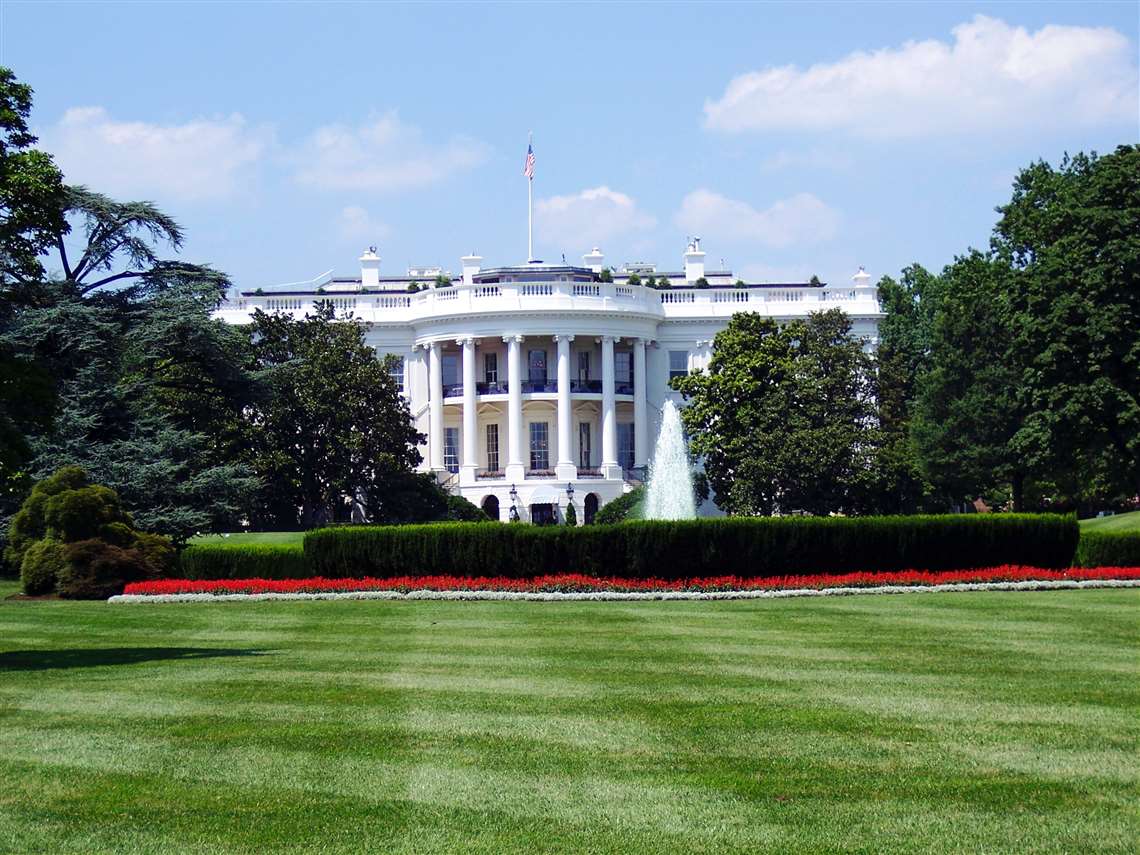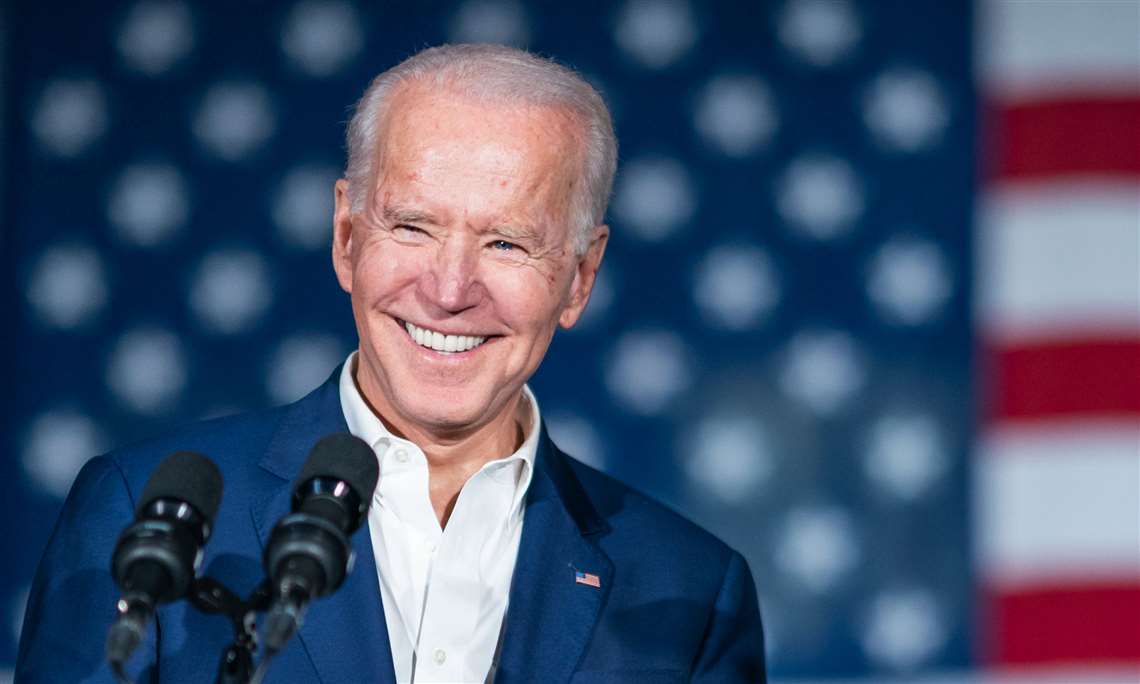Industry optimism in new administration
26 January 2021
What can the industry expect from the new-look White House? Joel Dandrea discusses.
At the end of December (2020), Congress passed a $1.4 trillion omnibus spending bill that included a $908 billion pandemic relief package. While that’s less than half the size of the CARES Act passed in March 2020, the term “construction” still appears more than 600 times within the bill.
All told, most industry supporters believe the bill should be considered a win, with billions allotted for roads, schools, clean energy, military housing and broadband – much of which should certainly spur construction and transport.

To that end, contractors will take note of several wins as it pertains to the Paycheck Protection Program – one of which is a provision to ensure that expenses paid for with forgiven PPP loans are tax deductible. The legislation also features a simplified forgiveness application for loans of $150,000 or less that requires borrowers to simply state the number of employees retained and the amount of PPP funds spent on payroll.
An additional benefit is the expansion of the Employee Retention Tax Credit, which gives qualifying employers a $5,000 credit per worker for employees not paid with PPP funds in 2020, as well as a $7,000 credit per worker per quarter in the first half of 2021.
The transportation industry will also take note of the $10 billion earmarked for state DOTs. School construction will likely get a significant boost as well from the bill’s injection of $82 billion for education.
Moreover, the Water Resources Development Act included in the package will allocate $10 billion in federal funding for infrastructure projects aimed at the country’s ports, harbors and inland waterways. Seven billion dollars will serve the expansion of broadband internet infrastructure and access. Clean energy – wind, solar and related projects – is looking at around $35 billion in earmarks.
Building momentum
Riding close on the heels of the pandemic relief package is the infrastructure plan proposed by President Joe Biden. The plan outlines an investment of $2 trillion into the economy, with the aim of creating millions of jobs in infrastructure, housing, construction and additional projects.

While industry insiders are watching closely to see what congressional roadblocks President Biden might experience, there is optimism that bi-partisan support remains on the confidence that he’s been a long-time advocate of infrastructure. The plan, if passed, will take aim at a broad definition of infrastructure, and Biden’s hope to pass the bill could find added momentum from the FAST Act (Fixing America’s Surface Transportation), which Congress recently extended to October 1, 2021.
Analysts believe that readdressing the FAST Act in year one of the new administration could carve a path for bipartisan accord and ultimately put an infrastructure plan in front of Congress that gets through.
With the pandemic still a priority, Washington insiders also point to the bipartisan work achieved to get both the CARES Act accomplished as well as its successor in December as an indication that Congress is willing to cooperate for the good of the nation – which could help legislators to cultivate bilateral traction in the next two years before the election cycle kicks in.
One area of momentum the Biden administration is hoping to capitalize on involves giving Americans the balance of their coveted $2,000 coronavirus payments – part of the $1.9 trillion American Rescue Plan he proposed just before inauguration last month. Biden is confident that, if that legislation passes, there’s hope for passing what is ultimately a $3 trillion tax and infrastructure package shortly thereafter. It is believed that Biden’s blitz for a quick spending measure could build goodwill with Senate Republicans for a bigger package in the spring, especially if it includes liability protection the GOP wants for businesses fearing coronavirus lawsuits. All told, the first half of 2021 will be an early test of how effectively both sides can work together in moving the country, and thus industry, in a more positive, productive direction for the long haul.
STAY CONNECTED


Receive the information you need when you need it through our world-leading magazines, newsletters and daily briefings.




